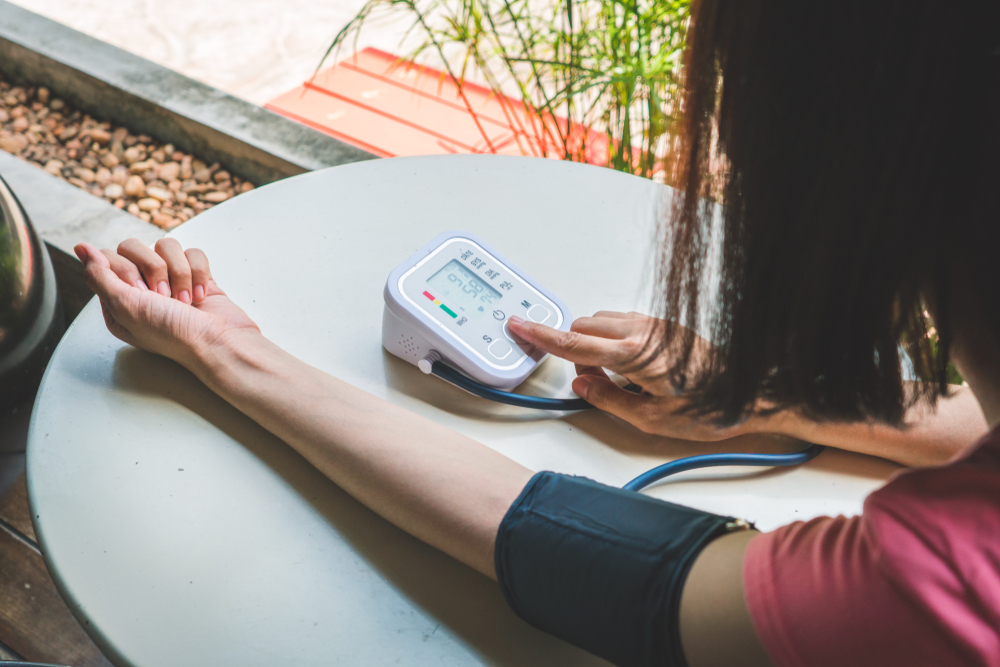Contents:
Medical Video: Expedited Breast Cancer Treatment - Brachytherapy - Mayo Clinic
The plan for treating breast cancer must consider several factors, such as the type and stage of the cancer, the sensitivity of the cancer to certain hormones, the medical history of the patient, and the status of HER2.
Treatment plans usually involve surgery to remove cancer. Some types of chemotherapy (drug therapy) or radiation therapy are often recommended to help the success of surgery. This treatment is known as adjuvant therapy or neoadjuvant therapy. This therapy as a whole aims to improve the rate of recovery and long-term survival of patients.
Main treatment
If possible, breast cancer will be treated through surgery, both lumpectomy and mastectomy.
Lumpectomy
The doctor will remove cancerous tissue or lumps in the breast along with a small portion of healthy tissue around the cancer. Lumpectomy is usually recommended to treat small tumors. Through this operation, the cancer can be removed without taking too much tissue around it.
Mastectomy
Mastectomy is divided into two, namely simple mastectomy and radical mastectomy. A simple mastectomy (also called "partial mastectomy") removes all breast tissue, including the skin, fat tissue, lobules, and vessels. Meanwhile, radical mastectomy (also called "total mastectomy") also lifts the chest wall muscles and around the lymph nodes in the armpit.
Adjuvant treatment therapy
In addition to surgery, treatment of breast cancer usually includes drug therapy or radiation. This advanced therapy is called adjuvant therapy. Treatment of neoadjuvant therapy is given before surgery to shrink large tumors and make surgery more or less easy to do. Meanwhile, adjuvant therapy is given postoperatively to ensure that all malignant cells in the body have been killed. Both of these therapies aim to improve long-term and survival rates free from disease. This adjuvant therapy consists of:
- Biological therapy or targeted therapy
- Chemotherapy
- Hormone therapy
- Radiation therapy
In some cases, the above therapies can be combined. The choice of type of therapy depends on many factors, including the patient's age, size and type of tumor and cell, the spread of cancer to the lymph nodes, and the reaction of cancer to certain hormones. In addition, status human epidermal growth factor receptor 2 (HER2 / neu) must also be considered. The following is a summary of four main adjuvant therapies.
Biological therapy or targeted therapy
If breast cancer cells show HER2 / neu (a genetic change that can trigger the growth of cancer cells), then a biological therapy called trastuzumab (Herceptin) may be recommended.
Herceptin can stop cancer growth by inhibiting the action of HER2 protein in cancer cells. Herceptin is often used along with chemotherapy or hormone therapy. This therapy is commonly known as "targeted therapy" because it only kills cancer cells and does not damage other cells. Other therapies, such as lapatinib (Tykerb), also target certain parts of the tumor.
Chemotherapy
Until now, hundreds of chemotherapy drugs that have been approved by the FDA can be used in the treatment of breast cancer. These drugs can be given by injection or oral (in pill form).
Chemotherapy offers several benefits. Not only destroys cancer cells in the breast, chemotherapy also kills cancer cells in the blood or other body parts. When given before surgery, chemotherapy can reduce the size of a large tumor. This makes surgery simpler for surgeons. In some cases, chemotherapy makes the cancer that is initially difficult to handle becomes possible to be removed. For patients with early breast cancer, chemotherapy can reduce the risk of recurrence and prolong survival.
However, there are many disadvantages of chemotherapy, from short-term risks to severe side effects, as well as the possibility of long-term complications and secondary diseases. However, most breast cancer patients and doctors claim that the long-term benefits of chemotherapy usually outweigh the risks.
Hormone therapy
If the test results show that cancer cells have receptors on the surface for estrogen and / or progestin, these patients are "receptor-positive". For receptor-positive women, hormone therapy is most likely the right treatment.
Radiation therapy
Radiation therapy using high-powered X-rays targeted to kill cancer cells can reduce the risk of recurrence. Radiation is generally used to destroy cells that pass surgery. This therapy is given regularly for women who are at high risk after undergoing a mastectomy. Radiation is also used if:
- Tumor size 2 inches or more
- Cancer spreads to several lymph nodes
- Tumors attack the chest muscles
Radiation therapy can be given in two forms. First, external beam radiation performed by X-ray machines. Second, internal seed radiation implanted next to the location of the tumor using a needle or catheter.
After about one month after surgery, new radiation therapy can be started and routinely carried out every day for two months. If chemotherapy is part of the treatment of patients, radiation will be temporarily postponed until chemotherapy is completed so that patients recover first from the side effects of chemotherapy. If hormone therapy is to be used instead of chemotherapy, radiation therapy does not need to be delayed.












